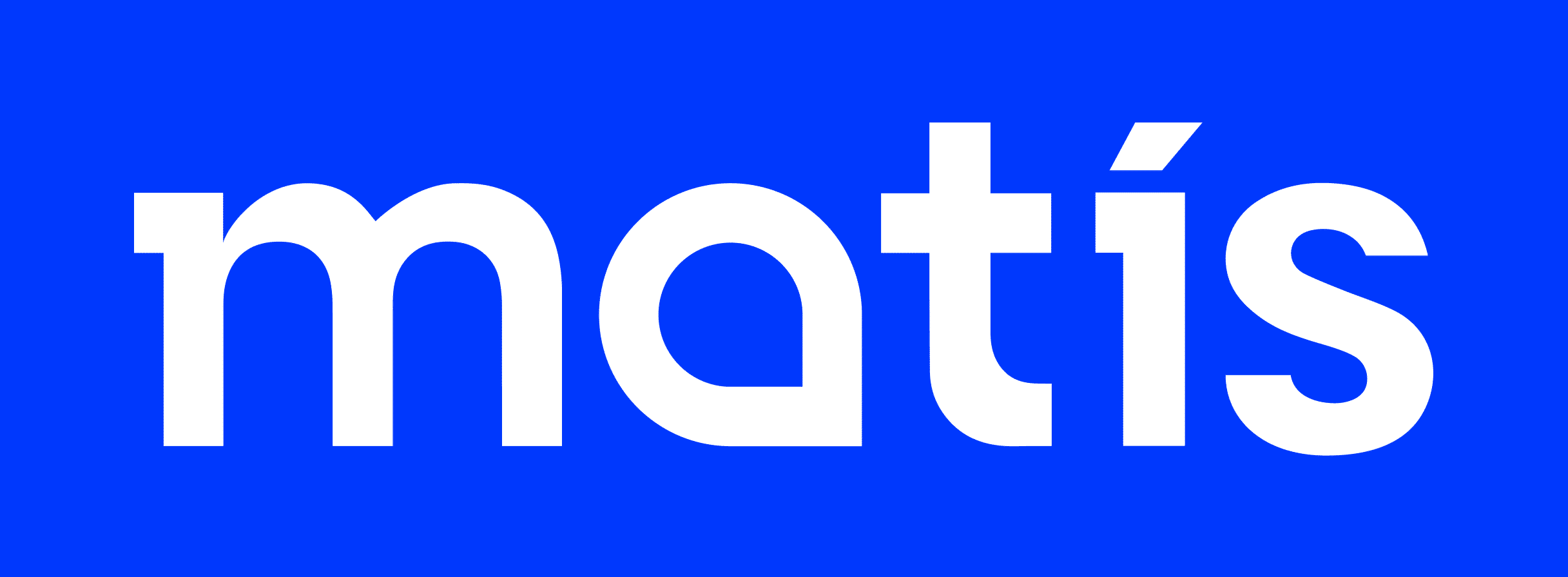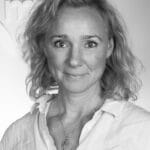External conditions can drive biological rates in ectotherms by directly influencing body temperatures. While estimating the temperature dependence of performance traits such as growth and development rate is feasible under controlled laboratory settings, predictions in nature are difficult. One major challenge lies in translating performance under constant conditions to fluctuating environments. Using the butterfly Pieris napi as a model system, we show that development rate, an important fitness trait, can be accurately predicted in the field using models parameterized under constant laboratory temperatures. Additionally, using a factorial design, we show that accurate predictions can be made across microhabitats but critically hinge on adequate consideration of non-linearity in reaction norms, spatial heterogeneity in microclimate and temporal variation in temperature. Our empirical results are also supported by a comparison of published and simulated data. Conclusively, our combined results suggest that, discounting direct effects of temperature, insect development rates are generally unaffected by thermal fluctuations.
Author: hilduryr@matis.is
Seasons impose different selection pressures on organisms through contrasting environmental conditions. How such seasonal evolutionary conflict is resolved in organisms whose lives span across seasons remains underexplored. Through field experiments, laboratory work, and citizen science data analyses, we investigate this question using two closely related butterflies (Pieris rapae and P. napi). Superficially, the two butterflies appear highly ecologically similar. Yet, the citizen science data reveal that their fitness is partitioned differently across seasons. Pieris rapae have higher population growth during the summer season but lower overwintering success than do P. napi. We show that these differences correspond to the physiology and behavior of the butterflies. Pieris rapae outperform P. napi at high temperatures in several growth season traits, reflected in microclimate choice by ovipositing wild females. Instead, P. rapae have higher winter mortality than do P. napi. We conclude that the difference in population dynamics between the two butterflies is driven by seasonal specialization, manifested as strategies that maximize gains during growth seasons and minimize harm during adverse seasons, respectively.
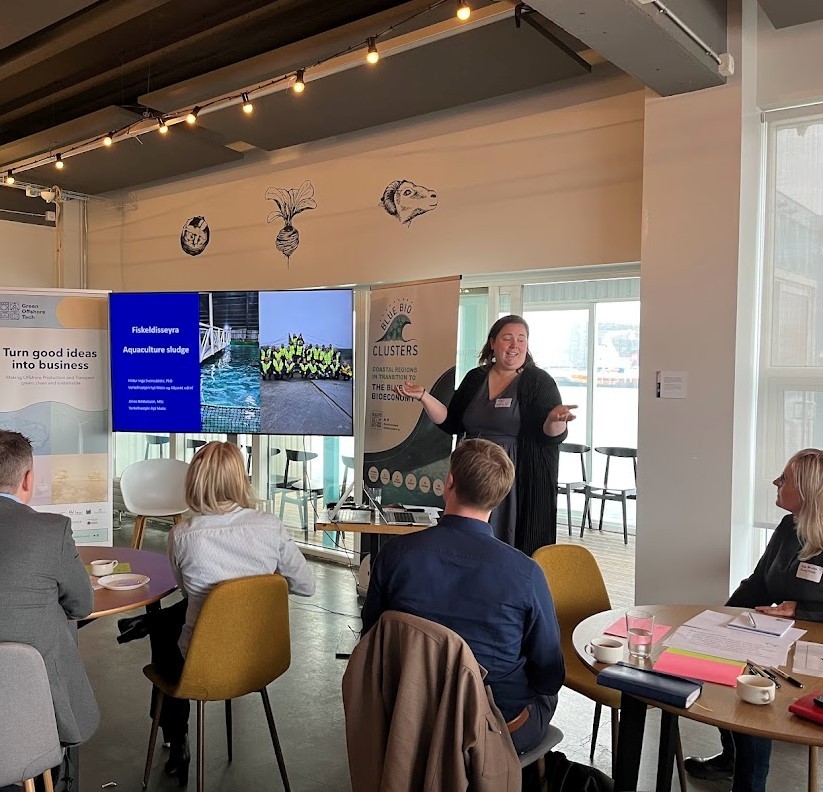
The workshop of the project Microorganisms for the enrichment of fish farm sludge was held on Thursday, June 8 last. in Sjávarklasan's premises. The project is carried out by Matís in collaboration with Sjávarklasann and Samherja. The main purpose of the project is to investigate whether microorganisms that thrive in fish farm sludge can be used to enrich the nutrients in the sludge so that it can be used as fertilizer.
Parties working in the field of fish farming in Iceland were invited to the workshop. There were four lectures about the project, the abbreviation ÖAF, the sludge, its chemical composition and challenges related to the use of the raw materials sludge and other by-products from fish farming. After the lectures, there was group work where the participants of the workshop worked on the subject and reviewed the opportunities as well as challenges related to the future possibilities of aquaculture sludge and other by-products from aquaculture.
The workshop was well attended, but the participants numbered more than 20 people, and there were good discussions among the participants about the subject they work with every day. Part of the project "Microorganisms for the enrichment of fish farm sludge" is to work with the results from the workshop ie. ideas and experiences of the participants.
One of the results of the workshop is that there are many uses for the sludge as well as other side products from fish farming, such as the use of the raw material as fertilizer and soil improver for agriculture. But alongside those opportunities are challenges related to regulation and making the raw material viable for use based on economics. The efficiency is twofold ie. collection and handling of the raw material at the companies so that it becomes a sought-after product.
The project is one part of a large puzzle to promote the circular economy and is funded by the Circular Economy Fund.
Anna Berg Samúelsdóttir
Matís' expert in the field of sustainability and fire.
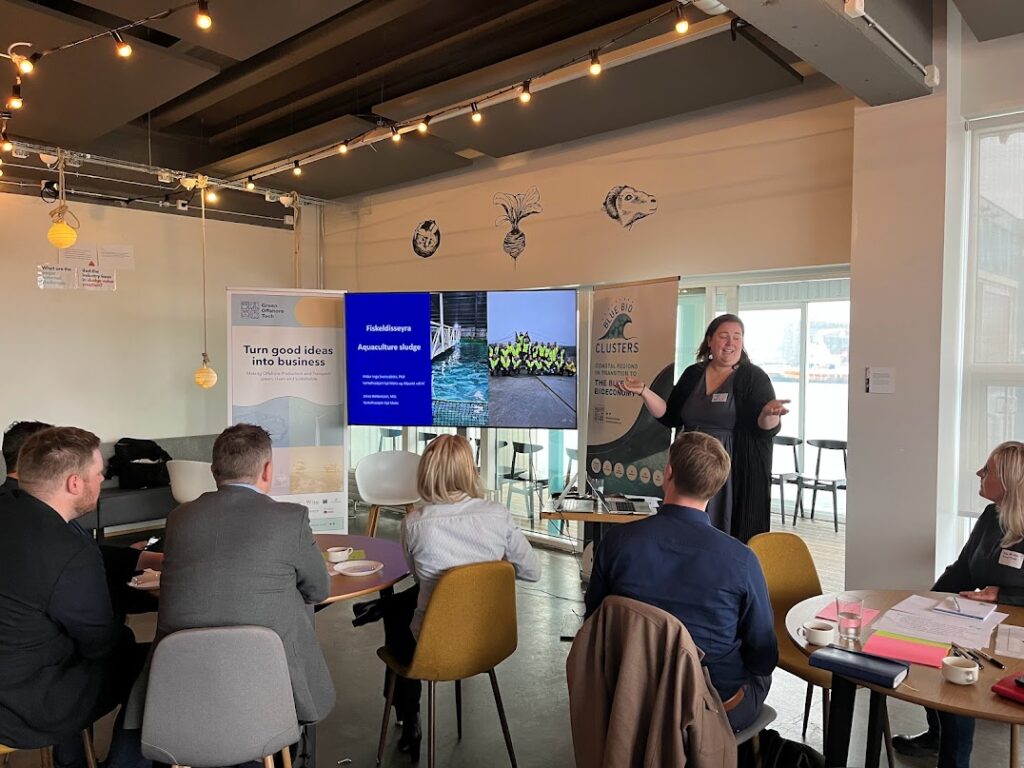

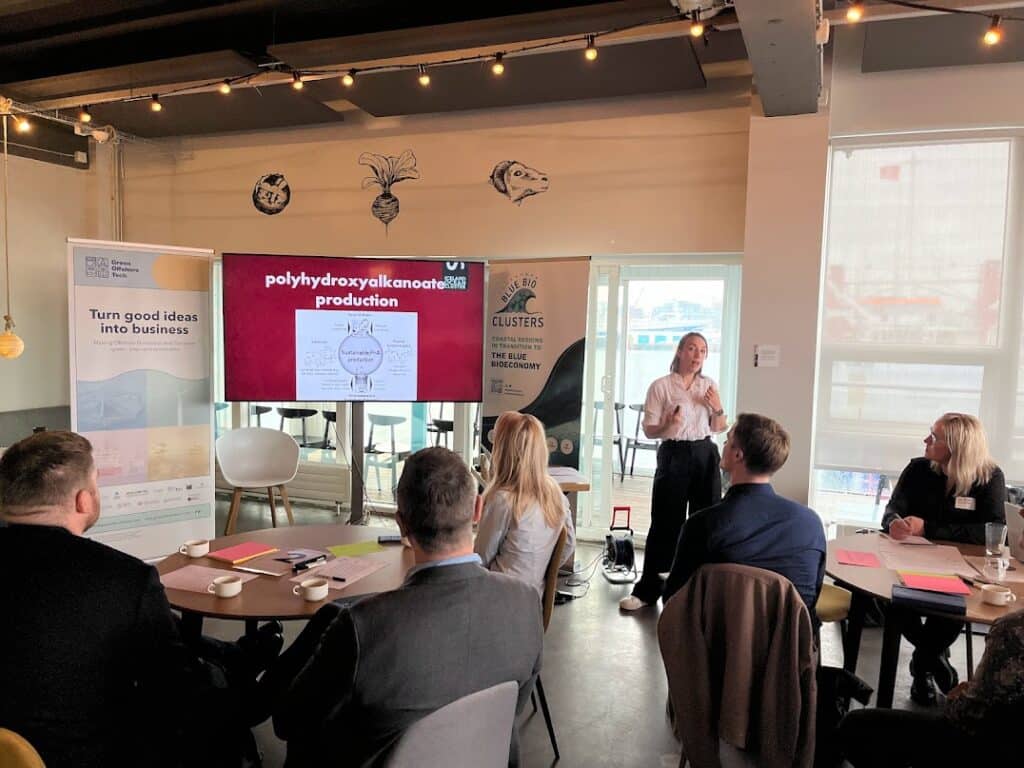
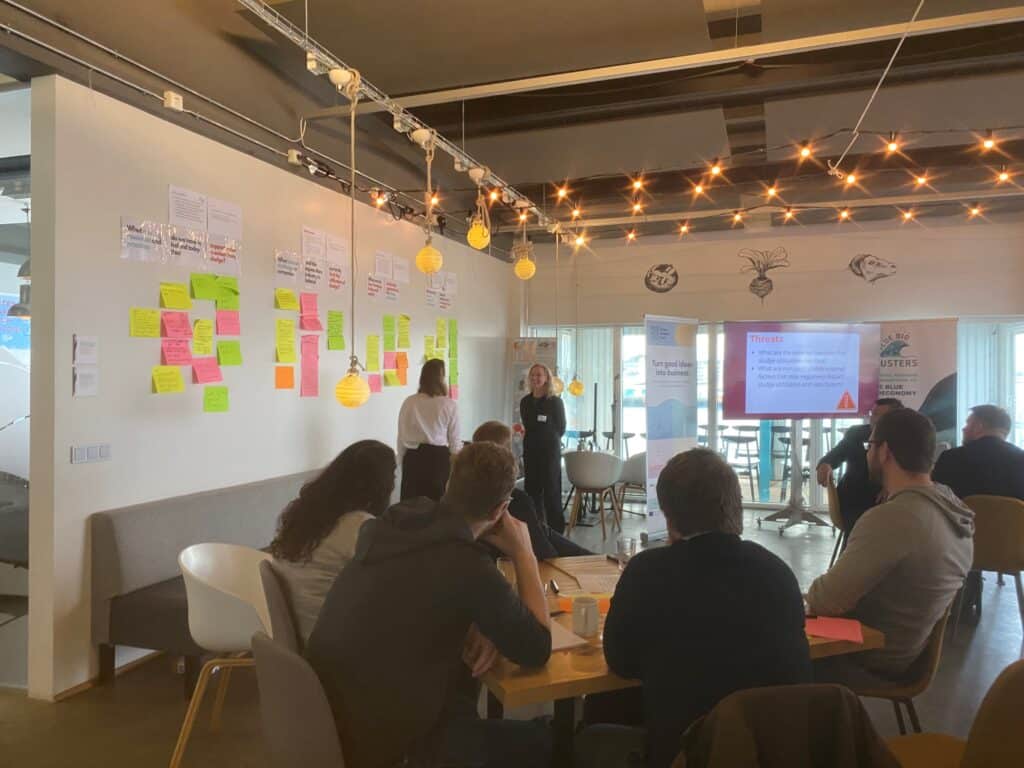
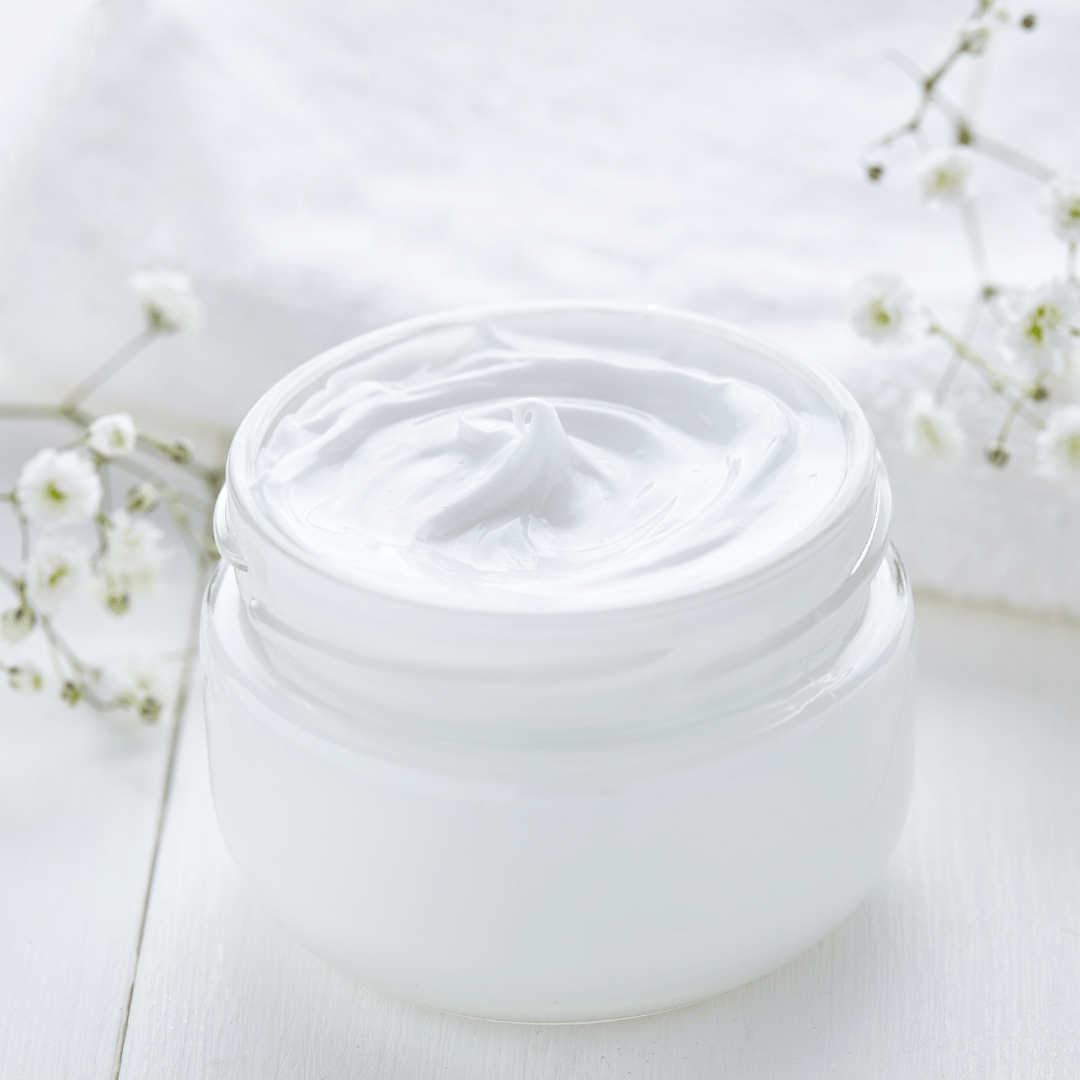
Do you want to participate in a study on the effects of substances from seaweed on the signs of aging in healthy skin?
The study includes a comparison of elasticity, moisture and sebum in the face before and after about 12 weeks of using a face cream. Half of the participants will receive a cream with ingredients from seaweed, while the other half will receive the same cream without ingredients from seaweed. After the study ends, two 20,000 ISK will be drawn from the group of participants. cash prize.
You can participate if you are:
- between the ages of 40 and 60
- with healthy skin and no known underlying skin problems
What do you need to do?
- Use the face cream twice a day, in the morning and in the evening.
- Do not use other facial creams during the study
- Visit Matís, Vínlandsleið 12, 113 Reykjavík for measurements three times: before use, after about 6 weeks and about 12 weeks of using the face cream
- Answer a questionnaire about the experience of the cream after the last measurements
How do you register?
- Sends an email to Aðalheiðar Ólafsdóttir adalheiduro@matis.is with the following information:
- name
- year of birth
- email address
- phone number
- a short description of what skin care products you regularly use on your face (eg face cream, toner, serum, cleansing products)
The research is part of the MINERVA project, which aims to increase and improve the utilization of sustainably produced macroalgae and develop new valuable products from them. The project is funded by ERA-NET Cofund Blue Bioeconomy and is a joint project of companies, universities and research companies in Ireland, Iceland and Sweden.
More information is sent if there is an interest in participating.

You are all warmly welcome to Matís' summer festival on June 7 next at 16:00 - 18:00 at Vínlandsleið 12.
It will be real fun for the whole family, as Stjörnu Sævar will visit the area, face painting for the children and exciting science stations for young and old.
Click on the image below to go to the event on Facebook.
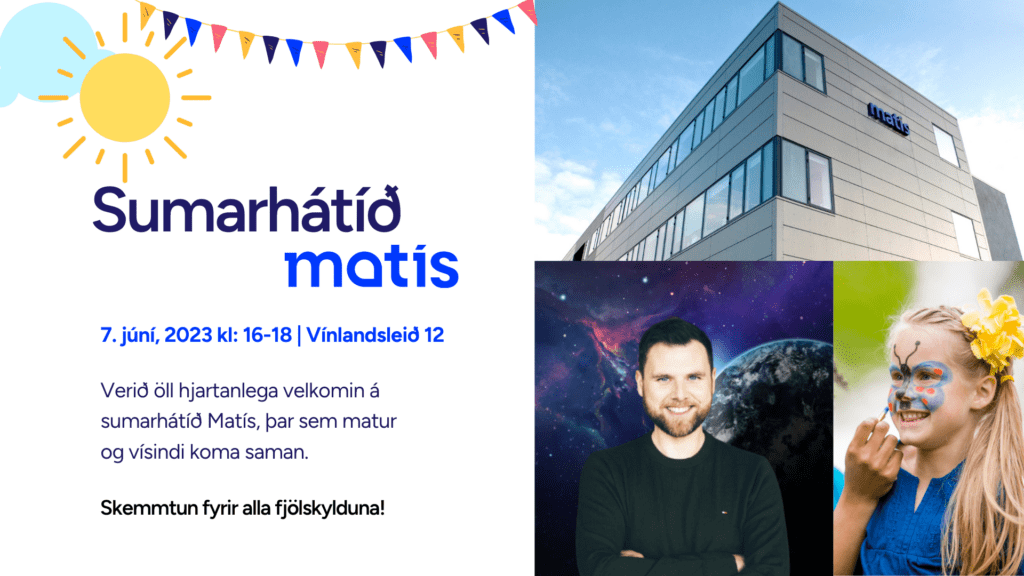
See the photos from the summer festival:
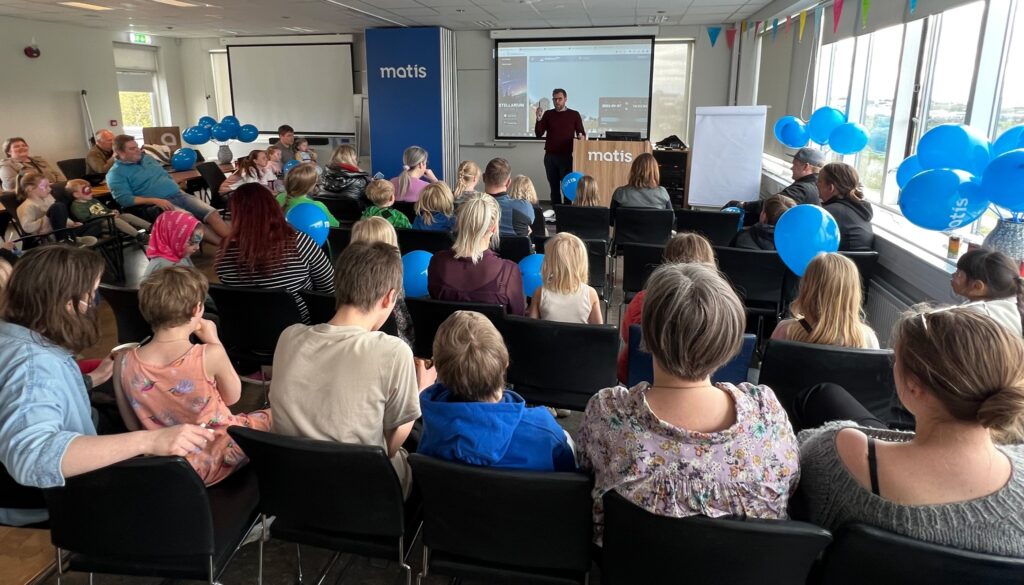
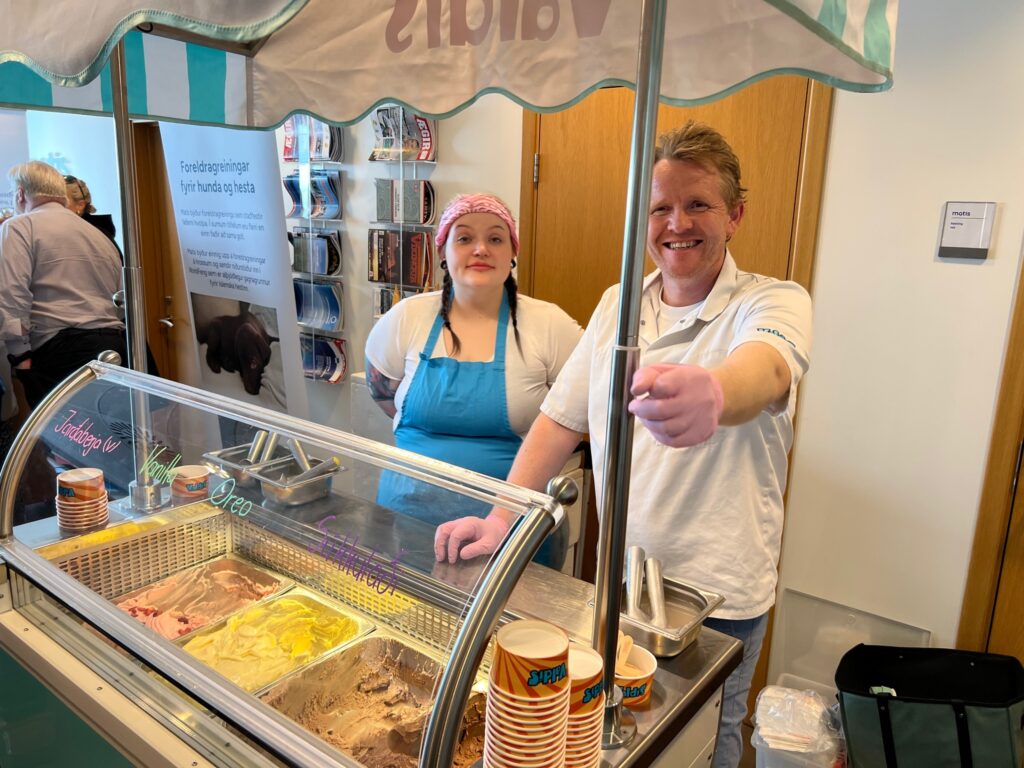
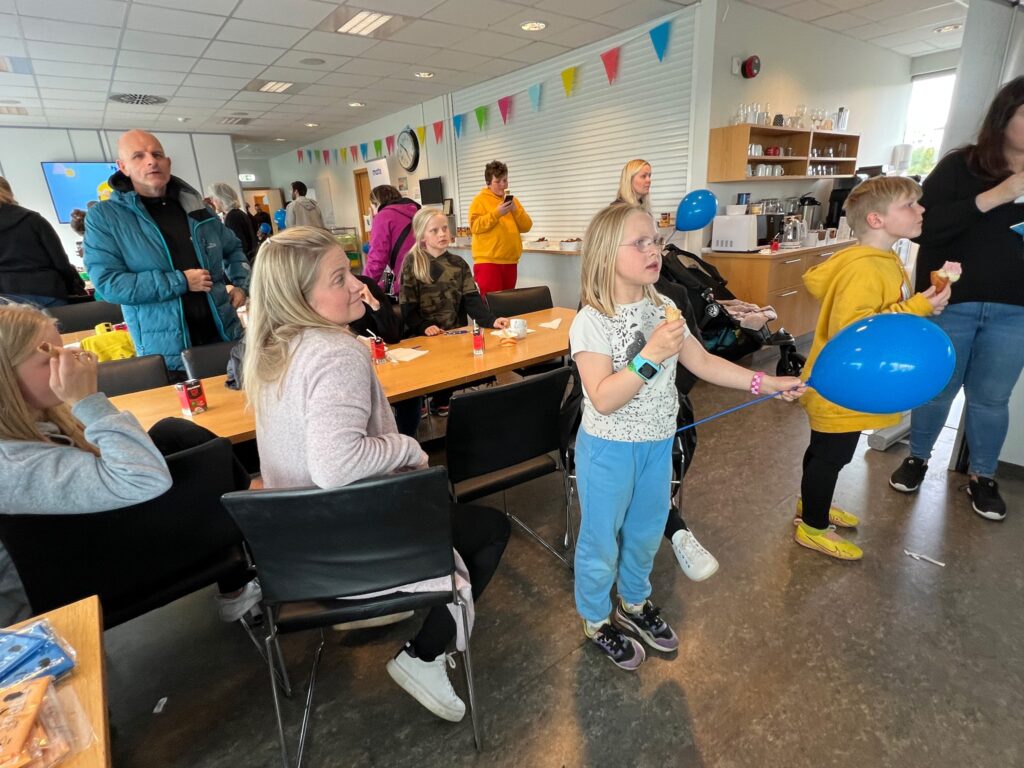
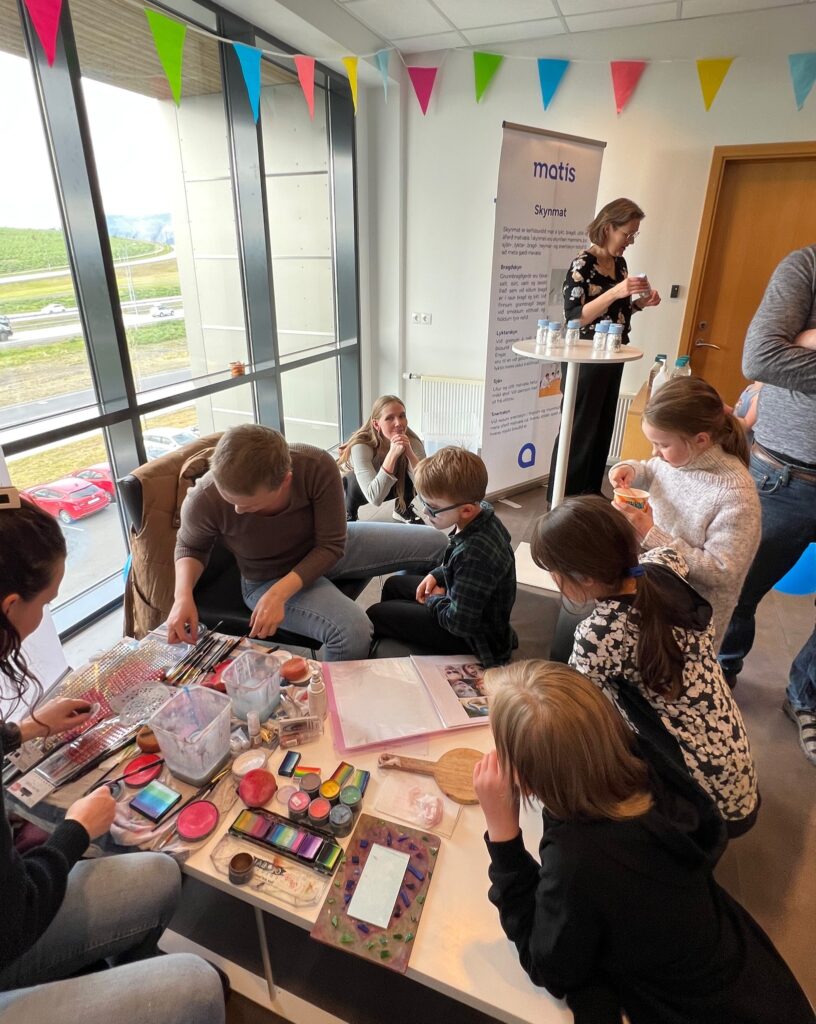
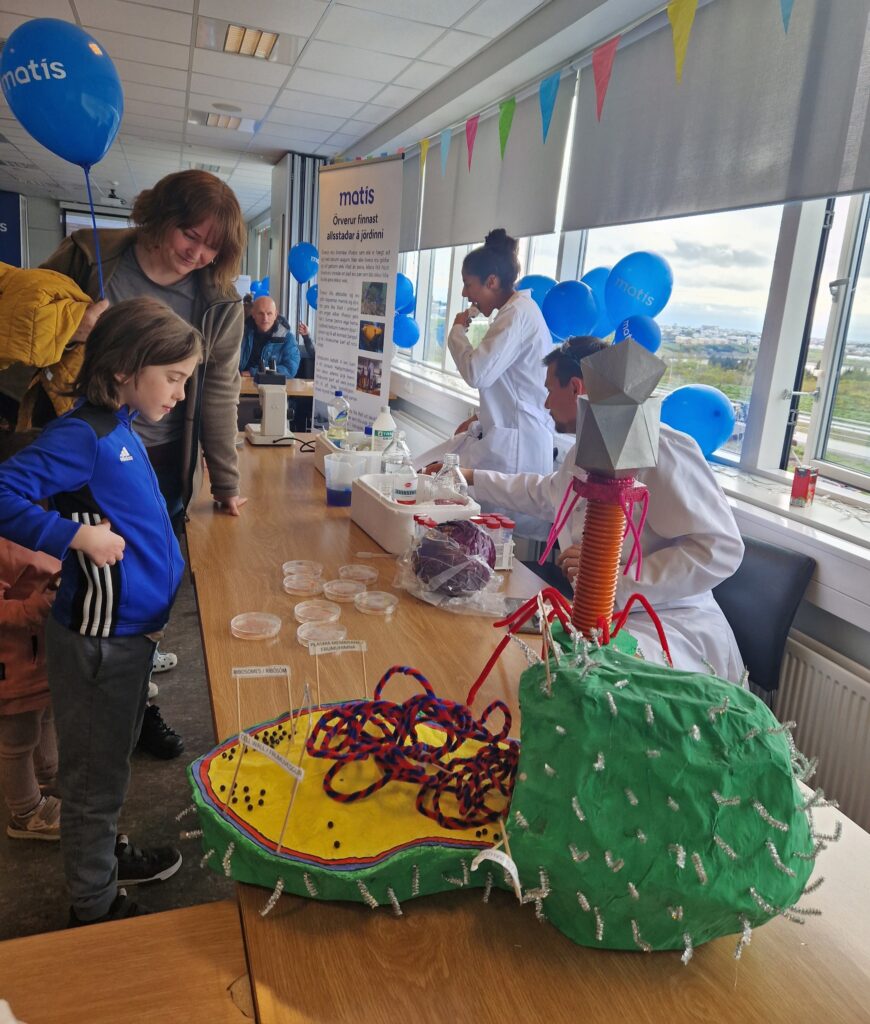

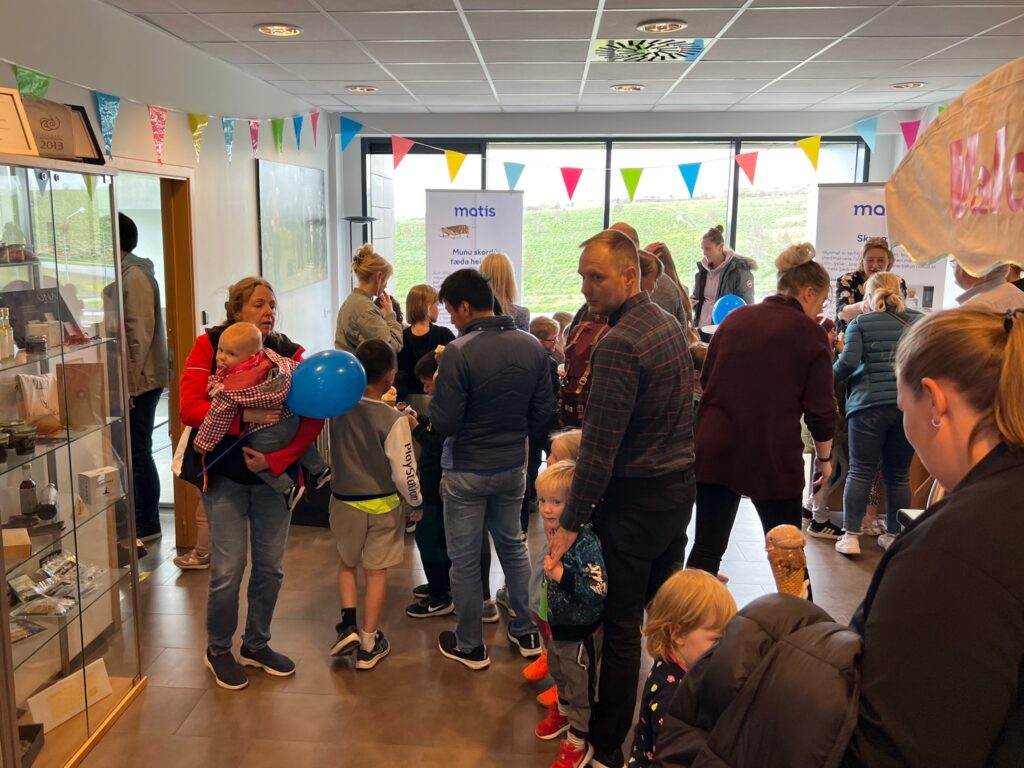
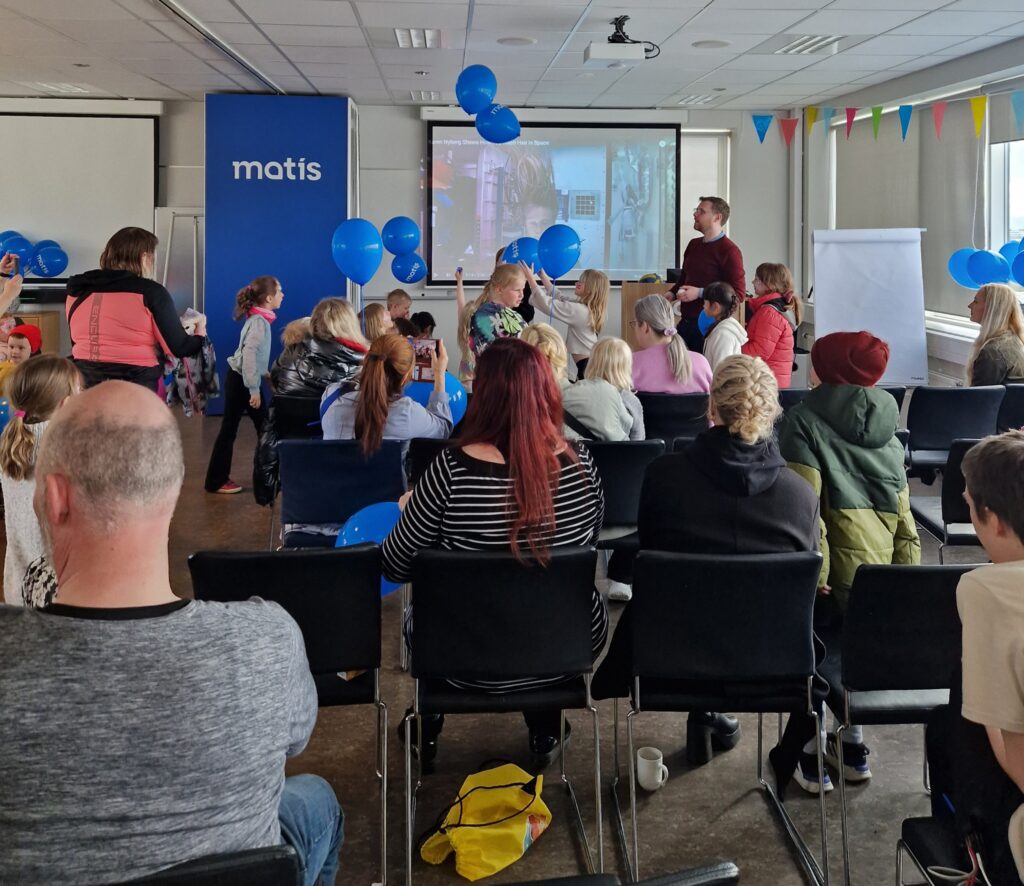
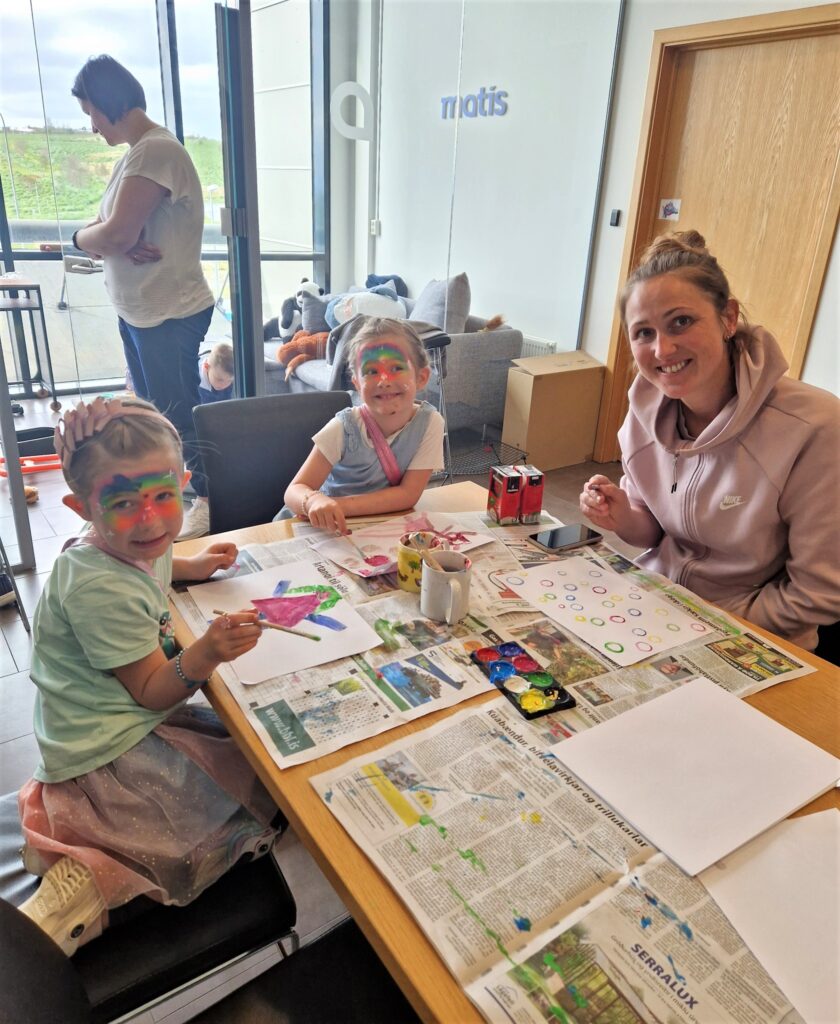
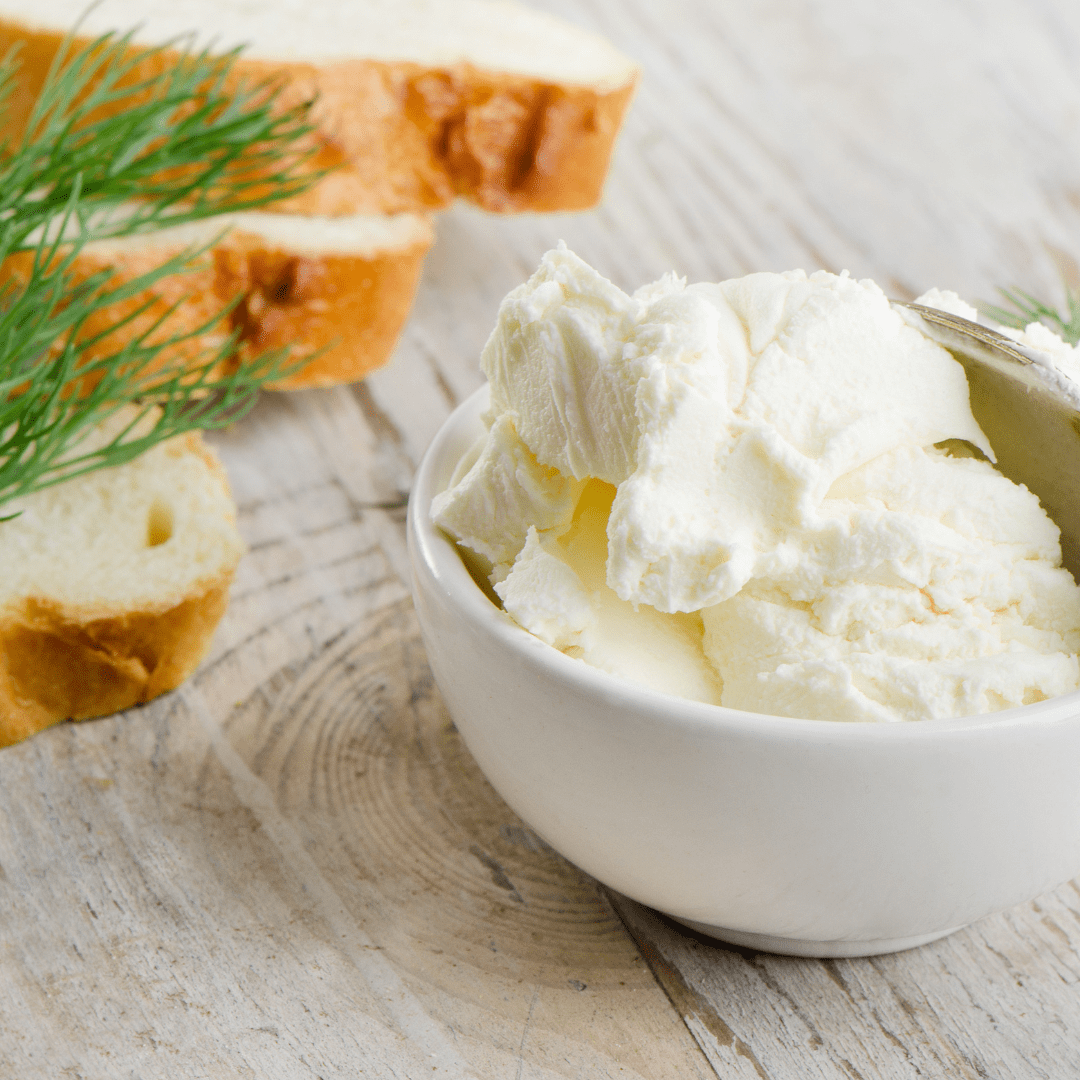
Matís needs participants for a consumer survey on products with neoproteins.
The products are on the one hand spreads (spreadable spread on bread) and on the other hand soft bread intended for people with chewing and swallowing difficulties. The products may contain proteins from insects or yeasts. All products in the survey are produced in approved food processing facilities and are safe for consumption.
Anyone who meets the conditions of the survey can participate, even if the other type of product is intended for people with chewing and swallowing problems.
Participation consists in showing up at Matís, Vínlandsleið 12 Grafarholti, tasting two types of products and answering questions about them. Those who complete the survey will receive a gift certificate worth 20 euros from Amazon. Coffee and cakes will be served after the survey. The survey will be divided by age, so that people from 18 to 44 years old will receive spreads, while people 45 years and older will receive soft bread. A survey of ointments is carried out 23 – 25 May but a survey of soft bread May 24 and 25. Timing is from 11:00 am to 1:30 pm and 3:30 pm to 5:00 pm every day. It takes about 20 minutes to complete the survey.
The aim of the survey is to find out the consumer's opinion on the products and attitudes related to them.
The survey is part of the project NextGenProteins, where work is being done on the development of three new types of proteins (neoproteins) and investigating how they can be used in food. The project aims to strengthen food safety and sustainability in protein production in Europe. The person responsible for the survey is the research institute TTZ in Germany, and a corresponding survey is conducted in Sweden and Germany.
The conditions for participation are as follows:
- Being 18 years of age or older
- Participating in household grocery shopping
- Not working in the media or in the food industry
- Being free from allergies to the following foods: eggs, wheat, soy, dust and shellfish
If you meet the conditions for participation and are interested in participating in this survey, please send a mail to Aðalheið Ólafsdóttir adalheiduro@matis.is where the following information appears:
- Name
- Age
- Phone number
- Email address
More information will be sent if there is interest in participating.
Best regards
Aðalheiður Ólafsdóttir

The project NextGenProteins, which Matís is working on, has organized a photo competition for students aged 8-10 (3rd-4th grade of elementary school). The subject of the competition is the food of the future, but the kids are encouraged to let their minds wander and put down on paper how they envision the food of the future. You can send a drawing, painting or other graphic design. The maximum size of photos is A3 and they must be sent to Matís by letter.
Main information:
- Opens: May 1, 2023
- Who can participate? Kids aged 8-10 years
- Closes: June 1, 2023
Great work!
Award:
- Nintendo Switch Light
- 15,000 ISK gift certificate in Smáralind
- 10,000 ISK gift certificate in Spilavini
By participating in the competition, consent is given for the publication of the images on the media of the project. When submitting photos, the name of the participant and the name of the photo must be included.
For more information, please contact Katrín Hulda Gunnarsdóttir, an expert at Matís, at the email address: katrinh@matis.is
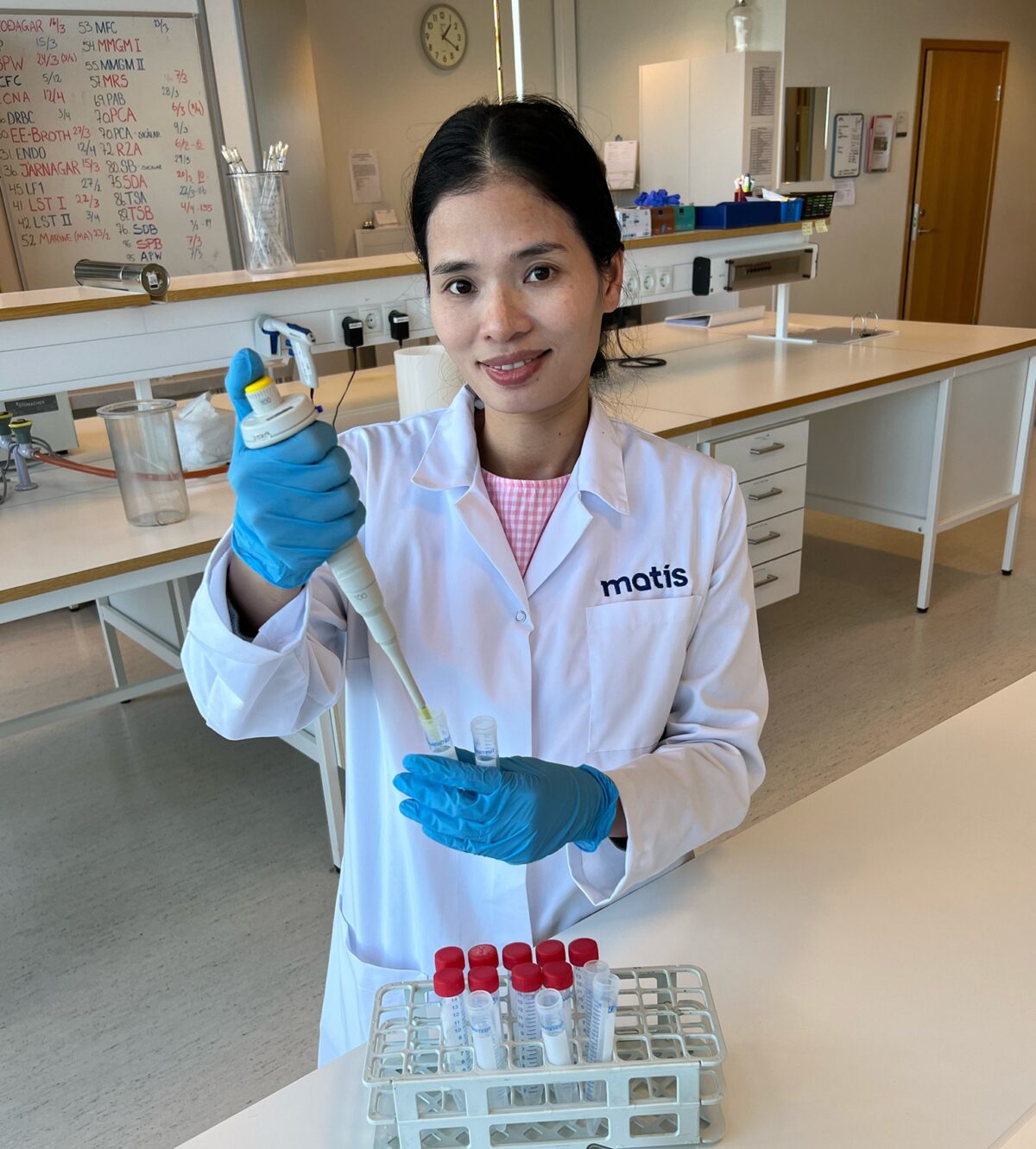
Next Tuesday, April 18, Hang Thi Nguyen will defend her doctoral thesis in food science. The project is called: New proteins for human consumption from side streams of fish processing and underutilized fish species.
The doctoral defense takes place in festival hall of the UI's main building and starts at 1:00 p.m.
Opponents:
Dr. Heidi Nielsen, Research Director of Nofima in Tromsö, Norway
Dr. Ida-Johanne Jensen, assistant professor at NTNU/UiT in Trondheim, Norway.
Supervising teacher and instructor:
The supervising teacher was María Guðjónsdóttir and the instructor was Sigurjón Arason, professor and chief engineer at Matís.
Doctoral committee: Ólöf Guðný Geirsdóttir, professor and Ingibjörg Gunnarsdóttir, professor.
Dr. María Guðjónsdóttir, professor and dean of the Faculty of Food and Nutrition, presides over the ceremony.
More information can be found by clicking here.
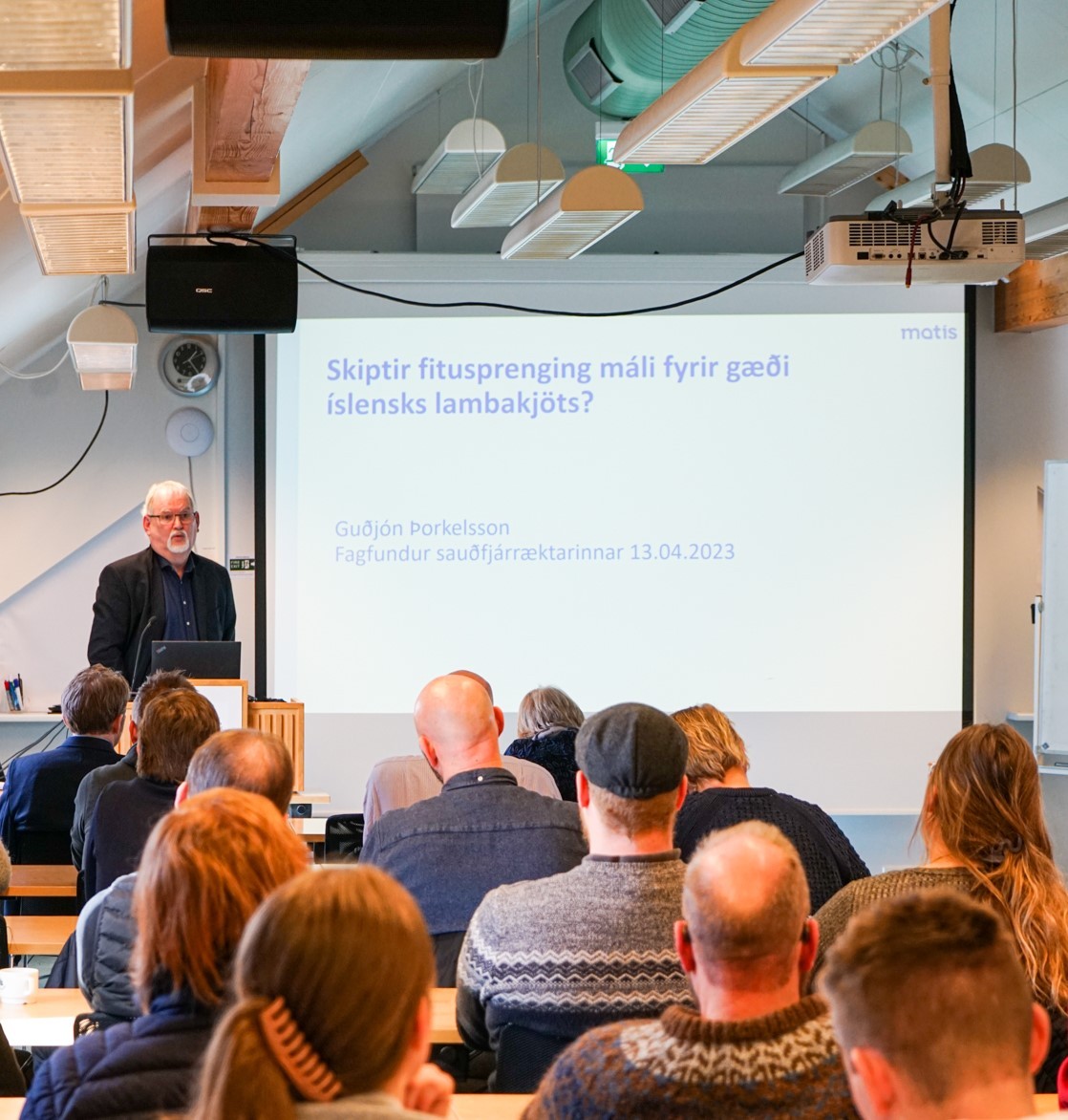
The professional meeting of the Sheep Breeding Association was held yesterday, Thursday, April 13, in Hvanneyri. The annual meeting was held in the building of the University of Agriculture and it is the professional council of sheep farming that organizes the event.
Many interesting topics were discussed at the meeting. Guðjón Þorkelsson, strategic expert at Matís, gave the talk: Does fat explosion make a difference to the taste of Icelandic lamb? and Sæmundur Sveinsson, professional manager at Matís, had the talk: The search for the genetic factors of bow crisis - Status of the project and future prospects.
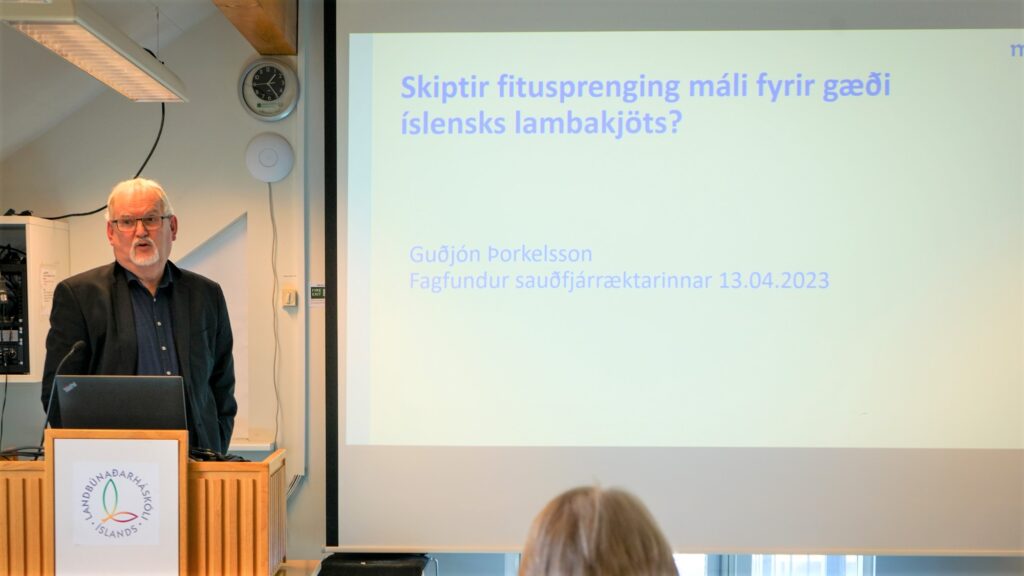
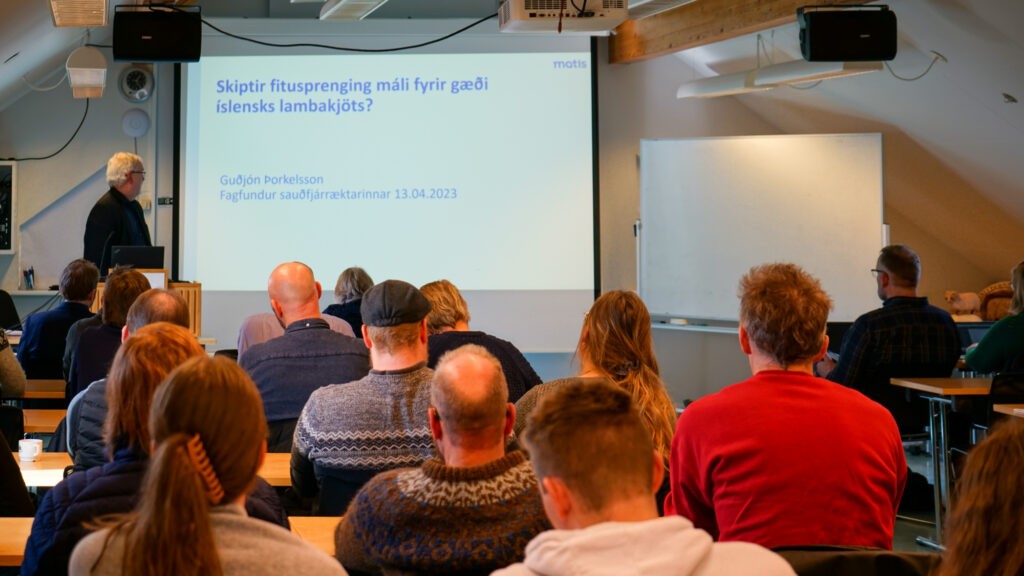
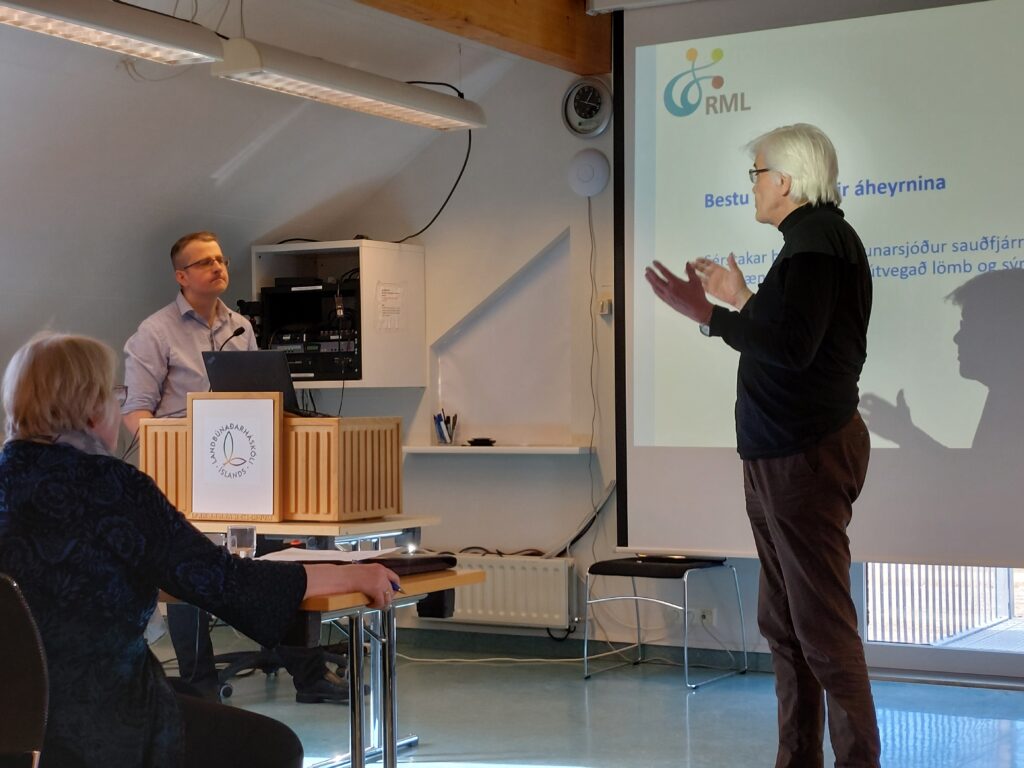
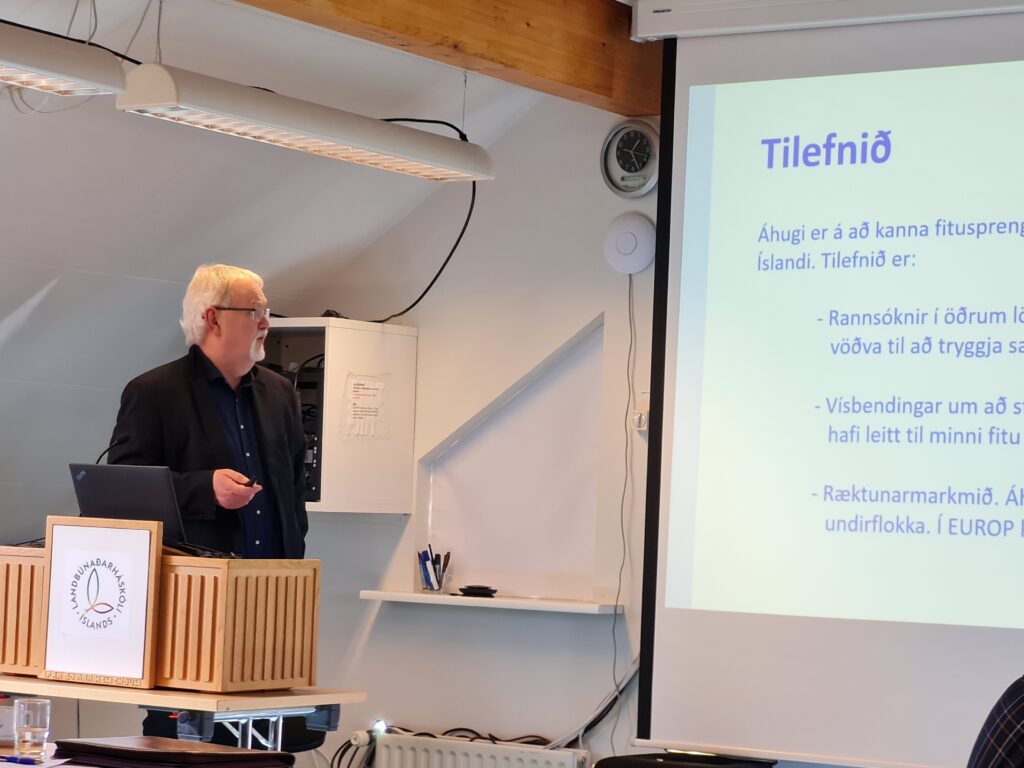
We encourage those interested to watch the professional meeting in its entirety on the Youtube channel of the Icelandic Farmers' Association, by clicking here.
The message: The search for the genetic factors of bow crisis - Status of the project and future prospects starts at 1:43:00
The message: Does fat explosion make a difference to the taste of Icelandic lamb? starts at 2:07:00
Cover photo: Lbhí

The Microbial Analytical Service Laboratory of Matís was recently visited by a Quality Assessor from NYSDOH (New York State Department of Health). Visits such as these allow the laboratory to maintain its accredited methods for analysing potable water intended for sale in America.
The Matís Microbial Analytical Service Lab remain the only laboratory in Iceland to fulfil the requirements of the NELAC standard used by NYSDOH. The lab also complies with the ÍST EN ISO / IEC 17025 standard and is accredited by Swedac (Swedish Board for Accreditation and Conformity).
The NYSDOH assessor visited Matís on the 8th and 9th of March and thoroughly assessed the lab‘s quality system as a whole, as well as assessing the NELAC accredited methods. As previously stated the methods in question are used to analyse potable water.
Assessments such as these are regarded as excellent opportunities to grow and improve, and the staff of Analytical Services are always eager to polish the quality system and take the services they provide to their customers to the next level.
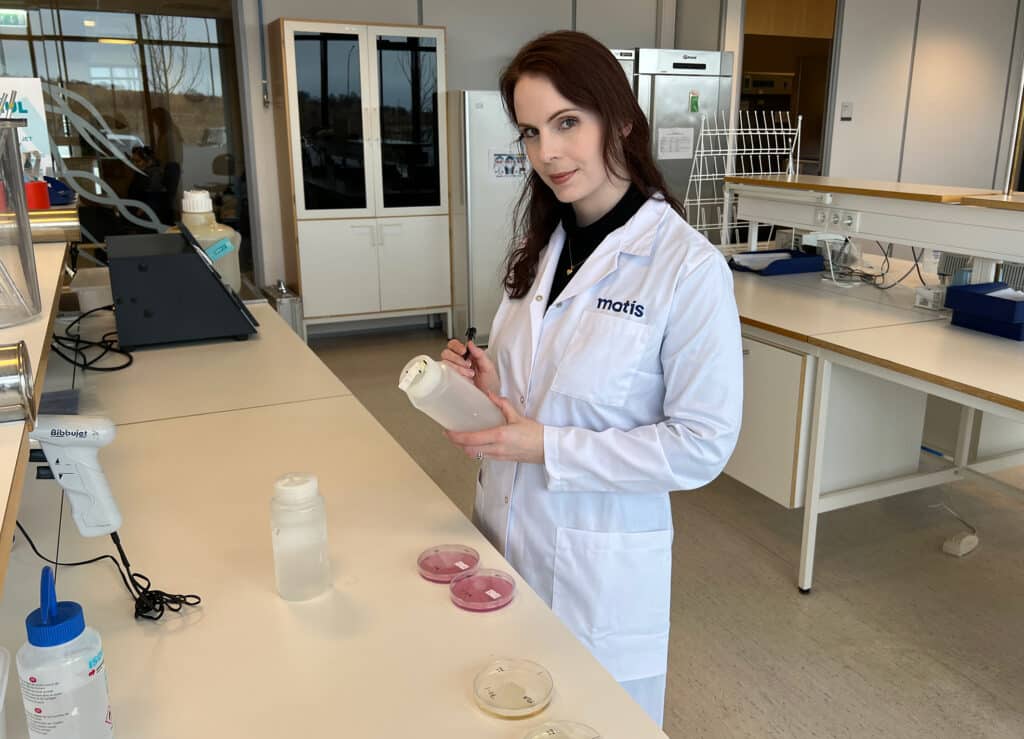
For a list of the accredited methods and services the Microbial Analytical Service Lab of Matís provides click here.
